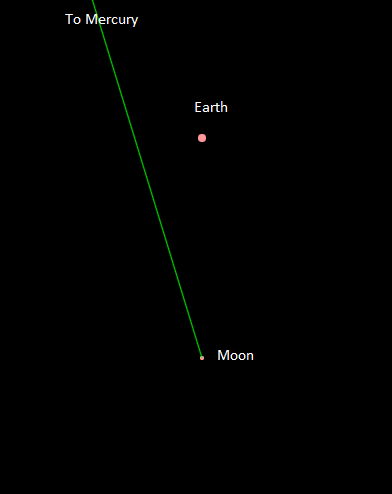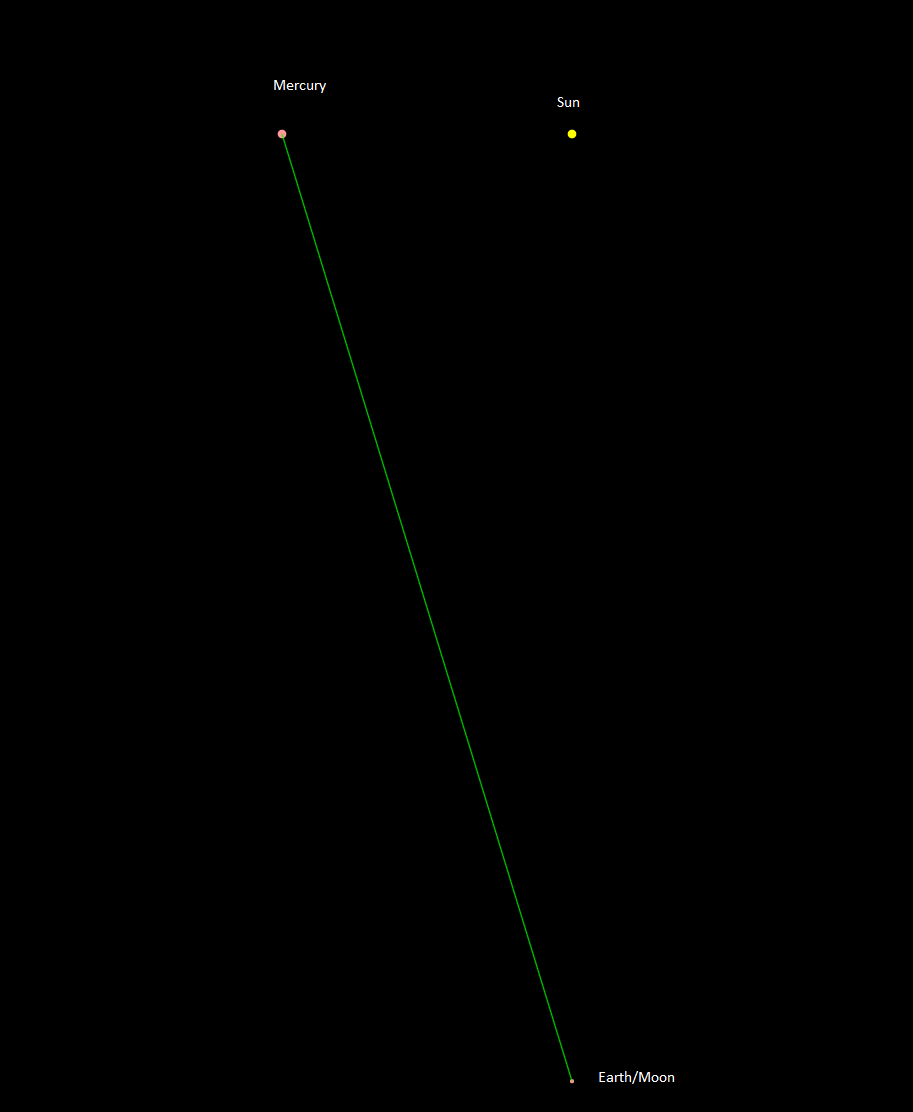This is a hypothetical question. Thank you for your time and efforts.
A signal is sent from a transmitter on Mercury's surface while it is at its greatest western or eastern elongation. The signal is aimed at a spacecraft in orbit around the Moon at the time of a total lunar eclipse. At the time that the signal is sent, the spacecraft is within the Earth's umbra. There are no artificial satellites available to help pass the signal on. Will the signal be successfully received?
I understand that it will take the signal about 8 minutes to travel from the transmitter on Mercury to the vicinity of the Moon. I understand that, as the solar system stands, Earth may never witness a total lunar eclipse while Mercury is at its greatest western or eastern elongation.

